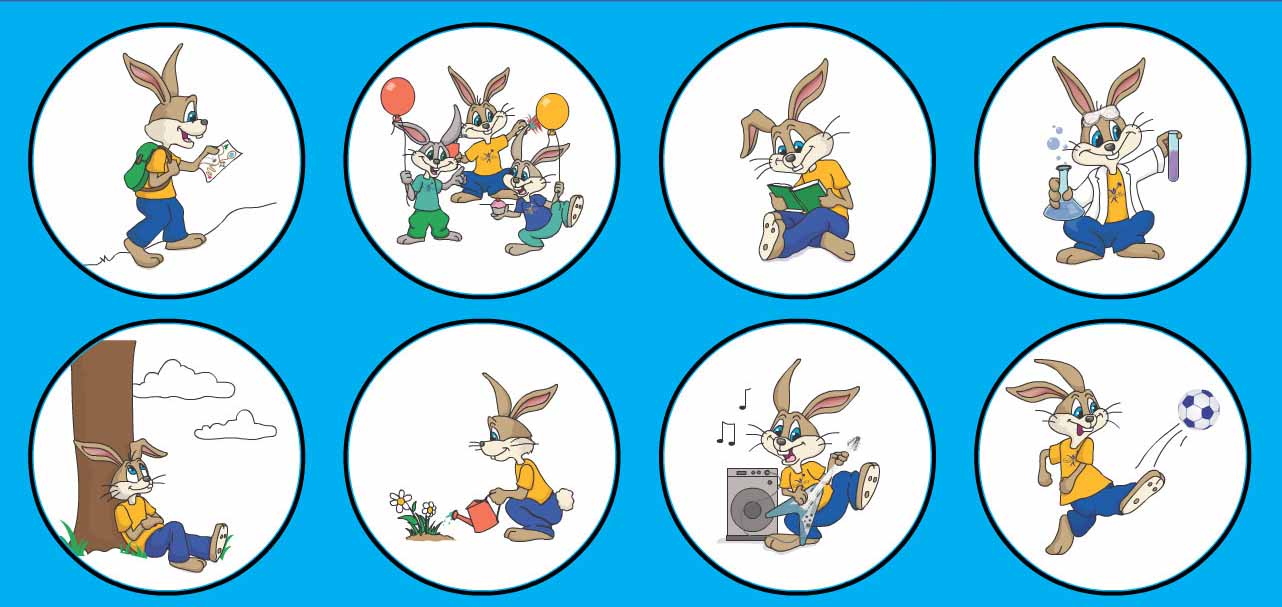Better Communication Through Multiple Intelligences

Improving communication skills in the workplace or your personal relationships is one of the most important and challenging endeavors you can undertake.
One of the keys to successful communication is understanding how your message is received. Now more than ever, we have the ability to communicate with one another with very few obstacles. Conversation, once the sole domain of face to face meetings, phone calls, and letter writing is now affected through a seemingly endless variety of technological methods. An effective communicator needs to learn to cut through the noise created by the overwhelming number of communication channels. So what can we do to become effective communicators, regardless of the method we use to communicate? Part of the answer lies in the application of Howard Gardner’s Theory of Multiple Intelligence.
 The Theory of Multiple Intelligence, (or simply M.I.), states that individuals have several modes of intelligences to draw from to help learn, solve problems and communicate. The primary intelligences effective communicators use are Verbal Linguistic (Word Smart) and Interpersonal (People Smart). For these people, communication is an effortless exercise. But not everyone is strong in these two intelligences. The good news is that these qualities can be developed through exercise, exposure and practice.
The Theory of Multiple Intelligence, (or simply M.I.), states that individuals have several modes of intelligences to draw from to help learn, solve problems and communicate. The primary intelligences effective communicators use are Verbal Linguistic (Word Smart) and Interpersonal (People Smart). For these people, communication is an effortless exercise. But not everyone is strong in these two intelligences. The good news is that these qualities can be developed through exercise, exposure and practice.
It is important for effective communication that you know the type of intelligence your audience favors. For instance, if someone is identified as having a strong Visual Spatial Intelligence (Picture Smart), you might need to draw a picture to demonstrate the idea. For someone strong in Musical Rhythmic Intelligence (Music Smart), it is important to focus on the tone of your verbal delivery because that person uses auditory processing to understand. A Bodily Kinesthetic (Body Smart) person will respond better to gesticulation and body language. Intrapersonal (Self-Smart) learners will need some time to reflect, and those dominant in Logical Mathematical Intelligence (Logic Smart) will have better success learning a concept that is presented in a series of steps.
No matter the channel you are using to teach or express an idea, it is important to understand how your audience learns and solves problems. Identifying the dominant intelligence or intelligences of the person you are communicating with is crucial to understanding them and communicating your message.
For more on how FasTracKids discovers and develops intelligences, read our FasTrack Learning Potential Assessment information.
